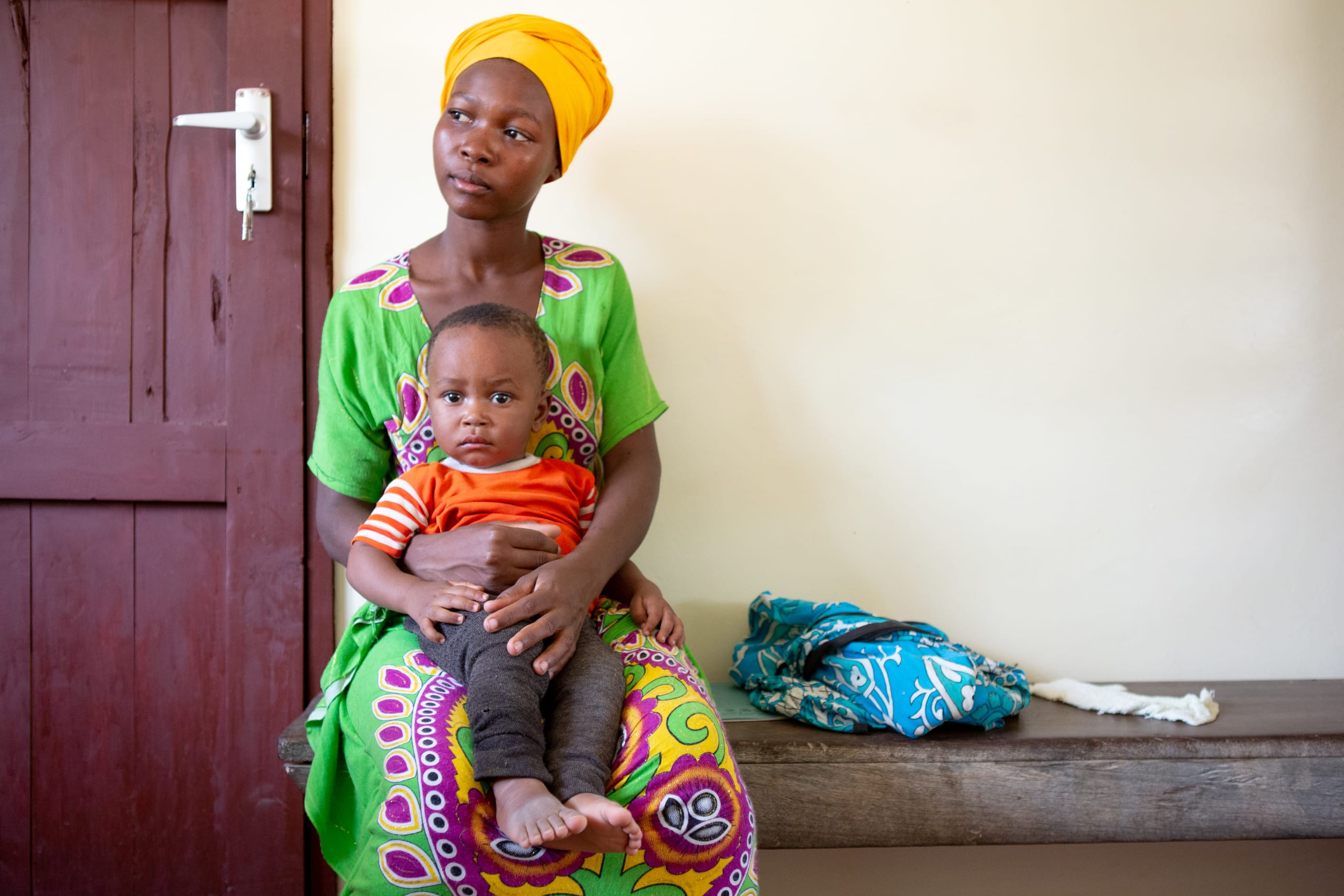PAI Provides Outside Witness Testimony for the U.S. Senate Committee on Appropriations

On International Women’s Day, March 8, 2021, President Biden issued an executive order establishing a White House Gender Policy Council (GPC), tasking the administration with the development of a government-wide strategy to advance gender equity and equality to be released this fall. On October 22, after months of consultation and work by the GPC, advocates and the public are finally seeing the fruit of its labor. While previous policies and strategies have focused on specific aspects of gender equity either in the United States or around the world, the National Strategy on Gender Equity and Equality is the first that looks at interconnected priorities identified as critical for achieving gender equity both domestically and globally.
Pulling together this strategy was no small undertaking. The executive order directing the development of the document identified 10 priority areas for the strategy to address: economic security; gender-based violence; health; education; justice and immigration; human rights and equality under the law; security and humanitarian relief; climate change; science and technology; and democracy, participation and leadership. The GPC was tasked with not only looking at these issues individually, but also how they are interconnected. While the idea of having a holistic strategy that would address both U.S. and global gender issues created excitement, there was also concern around if and how it would adequately balance both the domestic and international components.
Ultimately, the GPC rose to the challenge, producing a comprehensive strategy that succeeds in accomplishing these goals. The strategy lays out the Biden-Harris administration’s intersectional approach to gender, recognizing the unique challenges that exist due to biases around multiple identities, such as race, ethnicity, gender identity, sexual orientation, age and disability. It also creates an understanding from the start of how the administration sees working collaboratively across these issues will help advance gender equity. For example, the strategy states that restrictions on sexual and reproductive health and rights (SRHR) “undermine women’s ability to take care of their families, advance in the workplace, and lead in all sectors.” Furthermore, the GPC appears to have made a concerted effort to ensure that the priority areas are interwoven throughout the document, further emphasizing the interrelated nature of these issues. While the policy seems to skew slightly domestic, almost all priorities and subsections include a paragraph or two laying out the global situation and commitments to address the issues and problems identified.
International SRHR Commitments
Among the 10 priorities identified is SRHR. During their first 10 months in office, Biden-Harris administration officials have been vocal supporters of SRHR — a welcome change from the previous presidential administration, which sought to undermine SRHR at every opportunity. The strategy echoes many of the domestic and global commitments the administration previously made in its January 28 executive memorandum on women’s health and this summer at the Generation Equality Forum. Below is a rundown of the specific global SRHR provisions included in the strategy.
Next Steps
While this strategy lays out the Biden-Harris administration’s intentions on SRHR, it’s a start that needs to go deeper on addressing barriers to advancing gender equity and equality. For example, while girls are mentioned throughout the document, in many cases, there is no acknowledgment of the barriers that they may face due to their age, marital status, etc., which may differ from the challenges faced by adult women. Recognizing the released strategy is only the beginning of the process, as it is now up to executive branch agencies to develop their detailed implementation plans. In the coming weeks, the GPC will issue guidance to agencies, kicking off a nine-month process in which each agency will have to identify specific goals and develop their plans to meet them, allowing them another opportunity to address any possible gaps.
Each agency is asked to identify at least three goals to pursue the advancement of gender equity and equality. However, the Department of State and U.S. Agency for International Development, the lead agencies on foreign policy, will have to tackle many more if they are to ensure that the full spectrum of global priorities is addressed. Gender equity and equality advocates are eager to help these agencies think through their goals and develop the necessary implementation plans. While there are many things in the strategy that executive branch departments and agencies can and should advance with existing resources, in order to ensure that these implementation plans are actionable and sustainable, they will also need to be properly resourced going forward.
The Biden-Harris administration must be commended for its ambition in commissioning a gender equity and equality strategy along with many other bold endeavors during its first year, but it is the execution of these next implementation steps that will ultimately determine the strategy’s success.
We are fighting back against the onslaught of harmful policies that discard reproductive rights.
Stay informed about the issues impacting sexual and reproductive health and rights.
